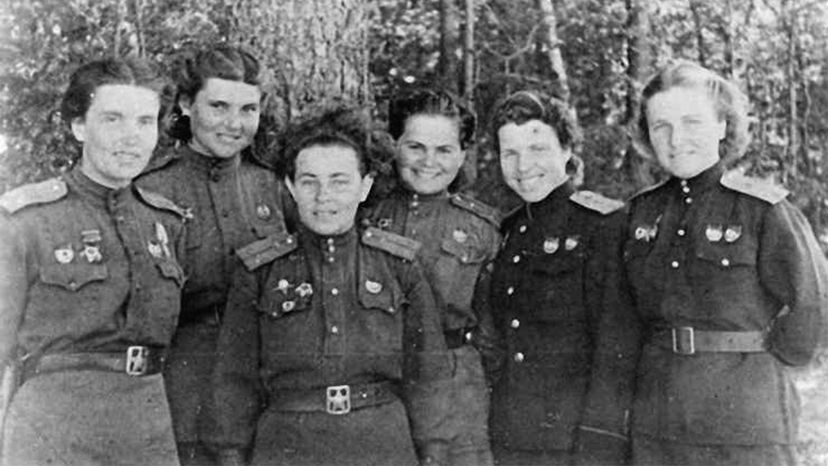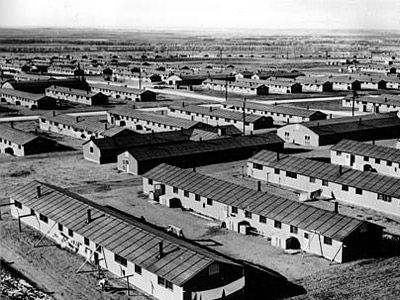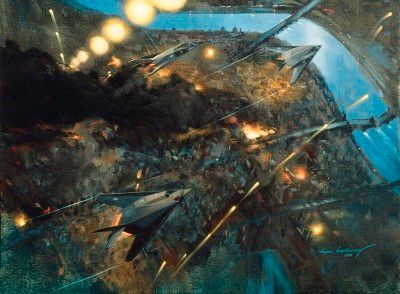
In 1995, now-retired Air Force Col. Martha McSally became the first female U.S. pilot to fly a combat mission, when she patrolled Iraqi airspace as part of an operation to prevent Iraqi dictator Saddam Hussein from attacking his own people.
But McSally wasn't the first woman to fly under fire, not by a long shot. A Turkish woman pilot, Sabiha Gökçen, became the first to fly in combat back in 1937, when she bombed rebellious Kurds in eastern Turkey. And in 1942, more than a half a century before McSally took to the air, Soviet Major Marina Raskova formed three combat air regiments composed entirely of female pilots, to aid in the desperate fight to repel the German invasion of the Soviet Union.
Advertisement
The most renowned of these units was the 588th Night Bomber Regiment, nicknamed the Night Witches, who flew 30,000 missions during the war, dropping 23,000 tons (20,865 metric tons) of bombs on the German forces, according to this 2013 Atlantic article. All the more amazingly, the women of the 588th did all that while flying slow, flimsy wood-and-canvas biplanes that once had served as civilian crop dusters and trainers. The aircraft were such easy targets that the women could only risk flying under cover of darkness.
Even so, "they flew low to the ground, and didn't have the air speed, so they were vulnerable to ground fire," explains Reina Pennington, a former U.S. Air Force intelligence officer who is now a history professor at Norwich University in Vermont and author of the 2007 book "Wings, Women, and War: Soviet Airwomen in World War II Combat." (She also wrote this 2014 article for Air Force magazine on the Night Witches.) "Even soldiers with rifles could hit them. And [the planes] could catch on fire easily."
Advertisement


